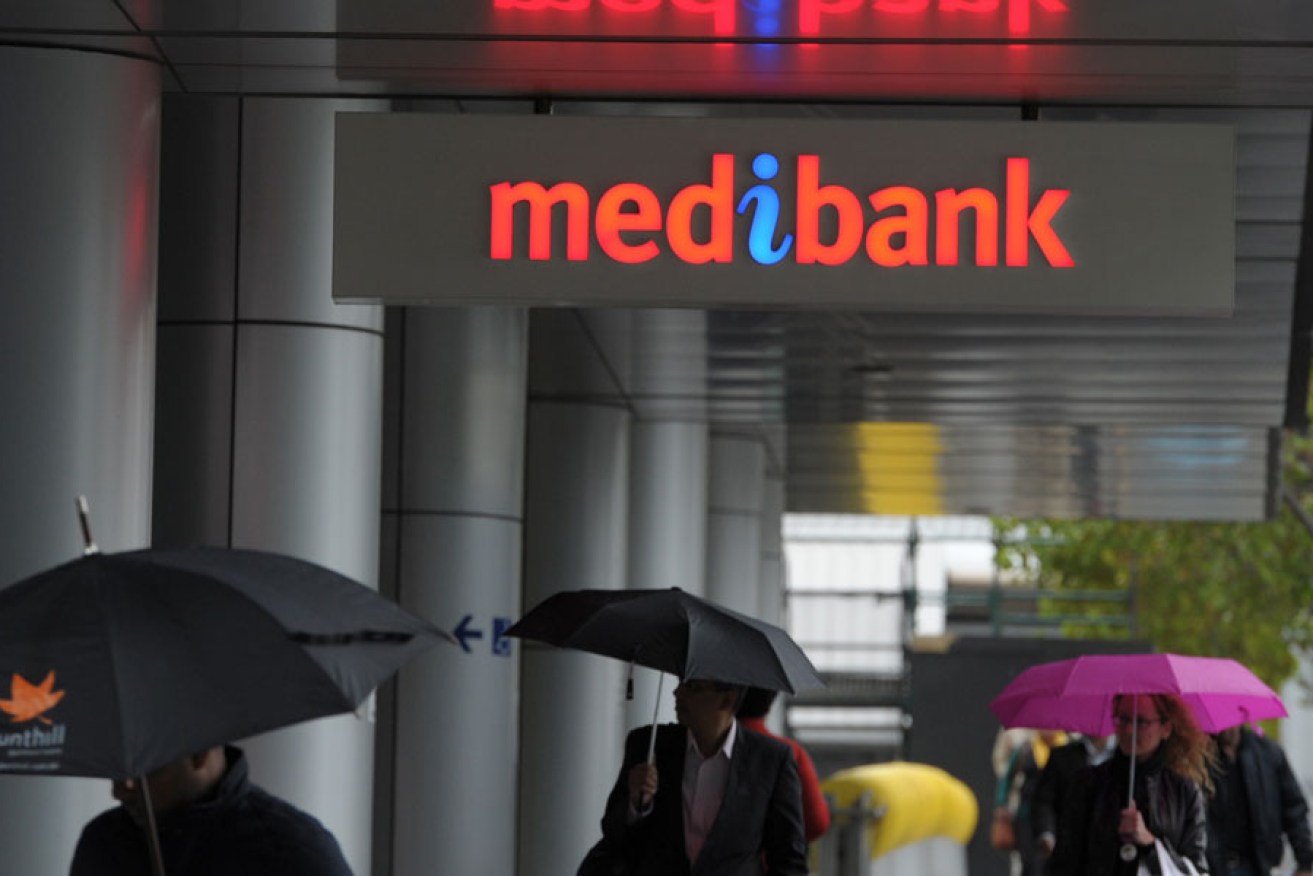Taxpayers could end up being the big losers from the sale of Medibank Private, argues Elizabeth Savage.
The IPO of Medibank Private is set to take place on November 25, and the indicative share price range in the prospectus released today suggests a market capitalisation of between A$4.3 billion and A$5.5 billion.
In public hands, Medibank has paid dividends of about A$450 million to the government over the past two years.
There are mixed opinions on whether the privatisation of Medibank will be largely positive or negative. However, from the point of view of Australian society overall, the privatisation is a good decision financially only if the revenue from the sale compensates for the loss of future returns.
Assuming that dividends of A$450 million would continue in perpetuity, the most recent revenue estimates implies a discount rate of between 8.2% and 10.5%. This is a high discount rate for a relatively low-risk asset. Medibank’s status as a low-risk asset is supported by the government using both carrots (premium subsidies) and sticks (premium loadings for high income earners without private health cover) to push individuals to sign up to its services.
Recommended discount rates for valuing low risk public assets are usually closer to 4%. For riskier assets, like electricity, they are about 7%. Even the latter rate implies a sales price target of $6.4 billion. If the sale raises $5.5 billion, the taxpayer is still likely to lose out.
This should not come as a great surprise. In several past sales of government assets, the revenues gained have not been sufficient to compensate for future losses. University of Queensland Professor of Economics John Quiggin has been a longstanding critic.
Governments tend to be myopic in relation to such sales. Their own short–term interests often outweigh those of the Australian community overall. Professor Bob Walker and Dr Betty Con Walker argue that taxpayers often come out well behind when public assets are privatised.
This has done nothing to dampen the positive rhetoric from the government and Medibank itself. For the government, the funds from privatising Medibank will be available immediately rather than accruing in future years and to future governments. In a tight budget setting this is clearly attractive.
However, the Australian Medical Association, hospital groups and doctors are generally against the change. They fear larger private insurers will use greater market power to drive down quality in the interests of higher returns to shareholders. Another issue is the cost of health insurance for consumers.
What about the impact on insurance premiums?
Many commentators suggest there will be little impact on premiums arising from the sale itself. The argument relies on the regulatory environment remaining the same. One common theory is that competition from the other 33 firms in the private health insurance industry will keep premiums where they are. However, while it might look superficially like a lot of competition, in reality the market is very concentrated.
In 2012 the largest two insurers, Medibank Private and BUPA, had 54% of all policies. The smallest 24 health cover companies control only 8% of this market. In addition the market share of for-profit companies increased from 0.4% in 1995 to 68.6% in 2012.
The recent Competition Policy Review draft report is likely have a significant impact on consumers and the sector. It recommends two significant changes to the regulation of the private health insurance industry.
The first is the removal of ministerial approval for annual increases in private health insurance premiums and its replacement by an unspecified “price monitoring scheme”. The second is to allow the expansion of private health insurance coverage to primary care. This would allow private insurance to cover gap payments from GP visits, specialist consultations and medical tests.
If these recommendations are accepted, there will be less cost control on fees and premiums. Large for-profit insurance companies will have an expanded market and even more market power. Over time the industry could become even more concentrated, although it is fast approaching the Australian Competition and Consumer Commission’s threshold for a high-concentration industry.
Without government oversight and regulation of premiums, the large for-profit players in the industry like Medibank and BUPA would be much more able to exercise their market power in pursuit of higher returns to shareholders.
The release of the Competition Policy Review draft report was timed prior to the Medibank share offer. If the market anticipates the government will accept the report’s recommendations on private health insurance, investors may be willing to pay more for Medibank Private shares.
Raising $4 billion from the sale may look very small with hindsight. It is worth comparing the revenue from the sale with the annual cost of the private health insurance rebate which cost the budget $5.5 billion in 2013-14.
A sale price well in excess of $4 billion would likely be heralded as a major success by the government. However, taxpayers could well be big losers from the privatisation especially if we face a deregulated health insurance market.
Elizabeth Savage is Professor of Health Economics at University of Technology, Sydney.
This article was first published at The Conversation.





